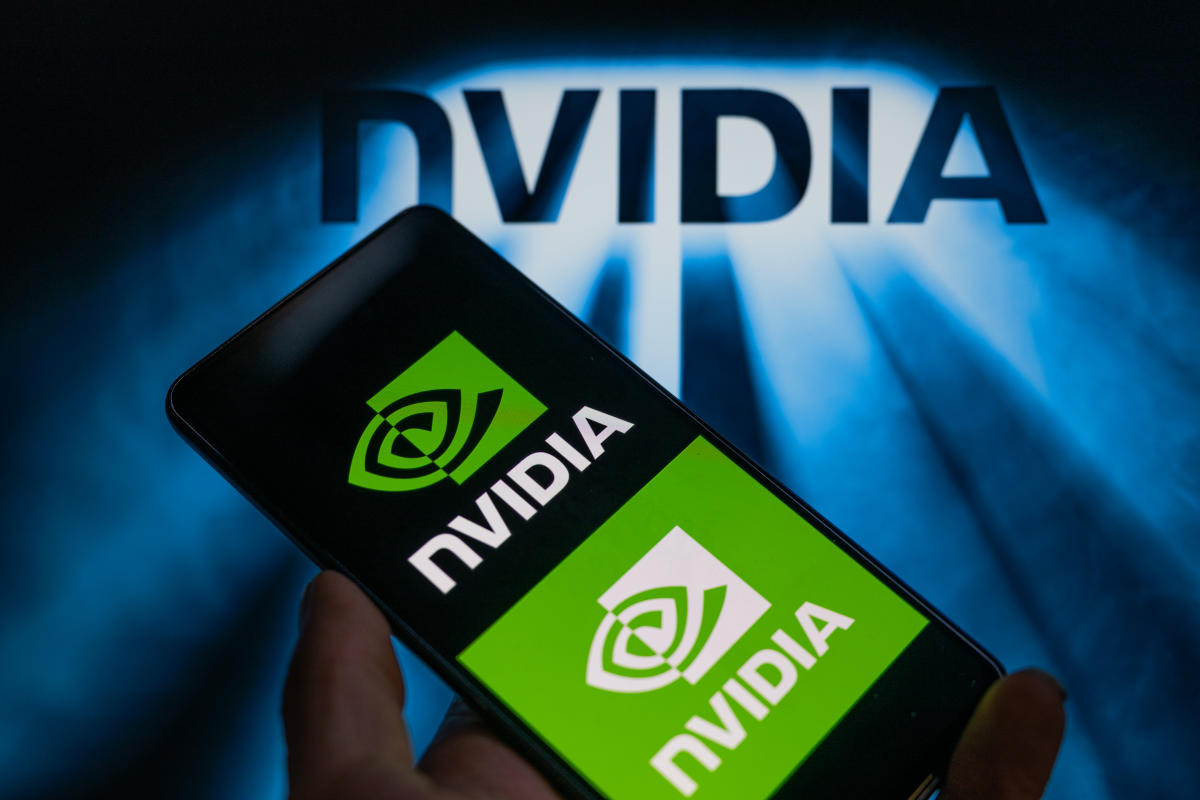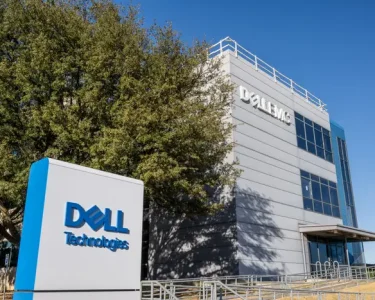Nvidia Stock, the tech giant known for its innovative graphics processing units (GPUs) and AI technologies, experienced a significant drop in its stock price this week. The company’s shares tumbled by 5%, a downturn that mirrors a broader struggle in the chip sector. This decline has caught the attention of both investors and market analysts, raising concerns about the short-term outlook for the semiconductor industry.

Nvidia’s Stock Decline: What’s Behind the 5% Drop?
The drop in Nvidia’s stock comes as part of a larger trend affecting chipmakers this week. Nvidia’s stock price plummeted by 5%, a sharp contrast to the recent meteoric rise the company has experienced throughout 2023. The factors contributing to this dip include rising concerns about demand, supply chain issues, and global economic uncertainty.
The semiconductor sector, which includes major players like Intel, AMD, and Nvidia, has been on a rollercoaster in 2023. These companies have benefited from the growing demand for chips used in everything from AI development to consumer electronics, but they are now facing challenges that are cooling off their stock prices.
Market Volatility Affects Chip Stocks
The overall market for chipmakers has been quite volatile. As global demand for semiconductors fluctuates, stock prices for companies like Nvidia have followed suit. One key issue is the uncertainty surrounding the U.S.-China trade war, which has escalated tensions over technology exports and supply chains. With China being a major player in the chip manufacturing space, restrictions or tariffs on technology exports are weighing heavily on the industry.
Moreover, chip demand has been unpredictable, especially as post-pandemic demand for consumer electronics has softened. During the pandemic, the semiconductor industry witnessed an unprecedented surge in demand for devices such as laptops, gaming consoles, and cloud infrastructure, all of which require cutting-edge chips. Now, as consumer spending shifts, the need for these devices is slowing, impacting Nvidia’s revenue prospects.
Supply Chain Challenges
Another factor contributing to Nvidia’s stock decline is the persistent issue of supply chain disruptions. While the chip shortage that plagued the industry in 2020 and 2021 has subsided somewhat, the lingering effects continue to affect production. Manufacturing delays, shortages of key materials, and logistical bottlenecks are causing ripples across the sector.
Nvidia, which has relied heavily on its partnership with global foundries for chip production, is particularly vulnerable to any disruptions in this chain. Investors are wary of how these issues might impact Nvidia’s ability to meet market demand, and it’s reflected in the company’s recent stock dip.
AI and Data Center Growth: A Silver Lining for Nvidia
Despite the recent dip, Nvidia remains a market leader in cutting-edge technologies such as artificial intelligence (AI), gaming, and data centers. The company’s leadership in AI-related hardware, such as GPUs optimized for machine learning and deep learning applications, has positioned Nvidia at the forefront of the AI revolution.
In fact, Nvidia’s AI-related products have been a major driver of its success in 2023. The company’s latest GPUs, designed for AI workloads, are being adopted by large tech companies for use in data centers and AI model training. This segment has remained robust even as other areas of the semiconductor market face headwinds.
Moreover, Nvidia’s data center segment, which includes products and services catering to cloud computing and enterprise AI, is growing rapidly. Many experts believe that this will be a significant growth driver for the company over the next several years. Despite short-term volatility, Nvidia’s future in these high-growth industries remains bright.
Investor Concerns Over Valuation
One of the main reasons behind Nvidia’s stock volatility is its high valuation. After a stellar run in 2023, Nvidia’s stock became one of the highest-valued semiconductor stocks, which has caused some investors to question whether the company is overvalued.
While Nvidia’s long-term growth prospects in AI and data centers are promising, some investors are concerned that the company’s stock price may have risen too far, too fast. With concerns about market saturation, slowing demand for consumer electronics, and geopolitical risks, some market participants are beginning to take profits off the table, leading to sharp corrections like the recent 5% drop.
Chip Sector Competitors Also Suffer
Nvidia isn’t the only chipmaker feeling the heat this week. Other semiconductor stocks have also experienced declines. AMD, another major player in the GPU market, saw its stock price dip in response to the same market forces. Intel, which has been trying to catch up in the AI and GPU race, also faced losses as concerns over the broader industry outlook mounted.
It appears that the semiconductor sector as a whole is going through a rough patch. The combination of supply chain challenges, geopolitical tensions, and unpredictable demand has weighed heavily on the industry. Despite strong long-term growth prospects, the short-term outlook for chipmakers like Nvidia remains uncertain.
What’s Next for Nvidia and the Chip Industry?
While Nvidia’s stock dip is concerning in the short term, many analysts remain bullish on the company’s long-term prospects. Nvidia’s investments in AI, data centers, and next-generation technologies are expected to pay off in the coming years.
For investors with a long-term outlook, this week’s downturn could present a buying opportunity. Nvidia’s core strengths in AI and gaming, combined with its ability to innovate, make it a strong player in the semiconductor market.
However, the short-term challenges cannot be ignored. Geopolitical risks, supply chain issues, and fluctuating demand will continue to create headwinds for Nvidia and other chipmakers. Investors should keep a close eye on how these factors evolve in the coming months.
The 5% drop in Nvidia’s stock amid a challenging week for chipmakers has sparked concerns about the short-term outlook for the industry. However, Nvidia’s leadership in AI, data centers, and next-generation technologies gives it a strong foundation for future growth. While the road ahead may be bumpy, Nvidia’s long-term prospects remain bright.
For more insightful news and updates on the tech industry, be sure to visit Digital Digest.





